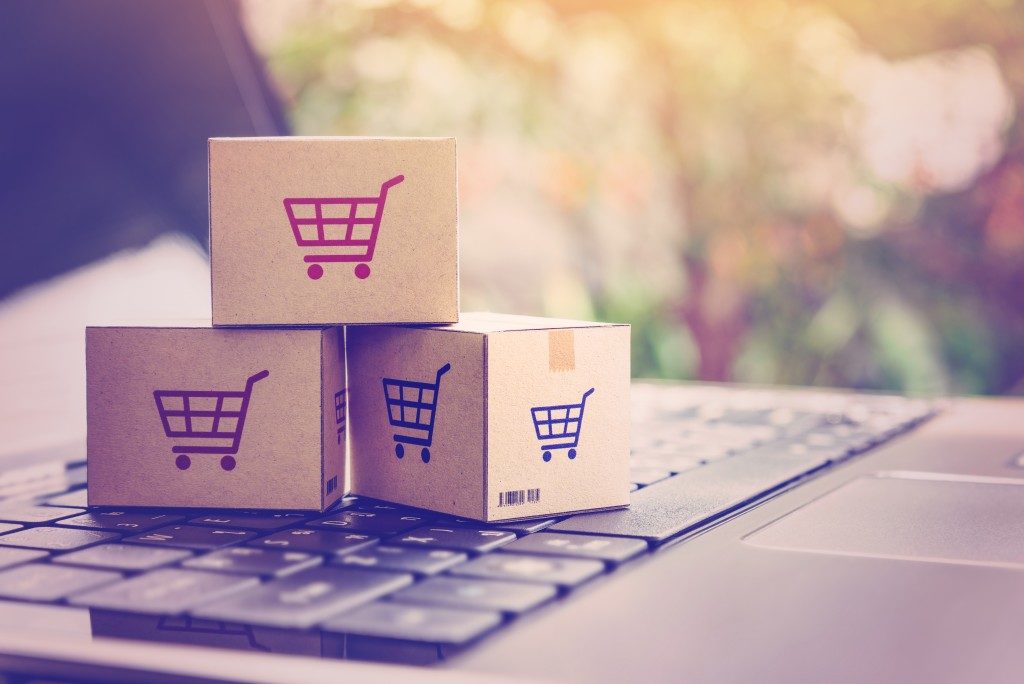Procurement is more than buying essential products and services. It’s a nuanced part of the supply chain that is closely entwined with the organization or business’ corporate identity. For instance, a company that bases its corporate identity on being environmentally conscious will require its procurement specialists to engage mainly with green suppliers.
Additionally, procurement forms a key role in a company’s corporate strategy. Apart from corporate identity, it’s also tied to other key aspects or core business functions, including market placement, company capabilities, and management issues.
An effective procurement process depends on whether it has a broad and clear view of the company’s values, needs, and goals. In today’s digital age, digitization also plays a growing role in maintaining a successful procurement strategy.
Digital Procurement Technologies
Surviving the digital age means adapting to the current landscape. Investing in supply chain digitization and new procurement technologies are now a necessity rather than an option.
The ServiceNow Procurement application is an example of new technology that helps maintain the effectiveness of the procurement process in the digital age. It optimizes purchase order information and maintains an accurate database for invoice tracking, receiving, and reporting.
Other uses of new technology for procurement include:
- Cognitive computing and artificial intelligence to reduce the administrative burden
- Advanced analytics for proactive decision making
- Robotics to drive task efficiency and reduce error risks
- Collaborative network platforms and apps for better supplier management
- Real-time cyber tracking for monitoring purchasing and supplier performance
- 3D printing and rapid prototyping to minimize stocking of low-volume items
Exploring the different ways disruptive digital technologies streamline procurement process allows companies to benefit from greater operational efficiency and cost-effective purchasing. Companies can choose digital procurement solutions that complement their existing core technology and start its transformation into a digitized and future-proof process.
Improving Supplier Relationships
 Digital procurement technology allows for automated transactions that minimize human intervention and execution errors. It facilitates increased transparency and improves risk assessments, as well. Moreover, digitizing procurement can improve relationships with suppliers.
Digital procurement technology allows for automated transactions that minimize human intervention and execution errors. It facilitates increased transparency and improves risk assessments, as well. Moreover, digitizing procurement can improve relationships with suppliers.
Streamlining procurement processes with new technology leads to better information quality and data integration. It also improves supplier management strategies. Optimized procurement can help simplify tracking of supplier and purchase order information and ensure timely payments to suppliers.
Depending on the procurement technology the company invests in, it may even boost communication and collaboration with suppliers, aid in supplier profile maintenance, and supplier or product catalog management.
Digitizing for Competitive Advantage
Implementing new technologies and strategies is no mean feat. But a flawed implementation strategy means that a company will miss out on the full benefits of new digital solutions. Companies will see better results and integration of new technology in procurement (and other parts of the supply chain) with a company-wide, top-down approach.
The continued growth of technology offers countless ways to improve the current procurement process and supply chain management. Aside from choosing the right technology for the company, it’s also important to enact it properly to obtain more value and maintain an advantage over competitors. Most of all, adopting new technologies and solutions allows companies to future-proof their processes and ensure it continues to endure the changing times.
